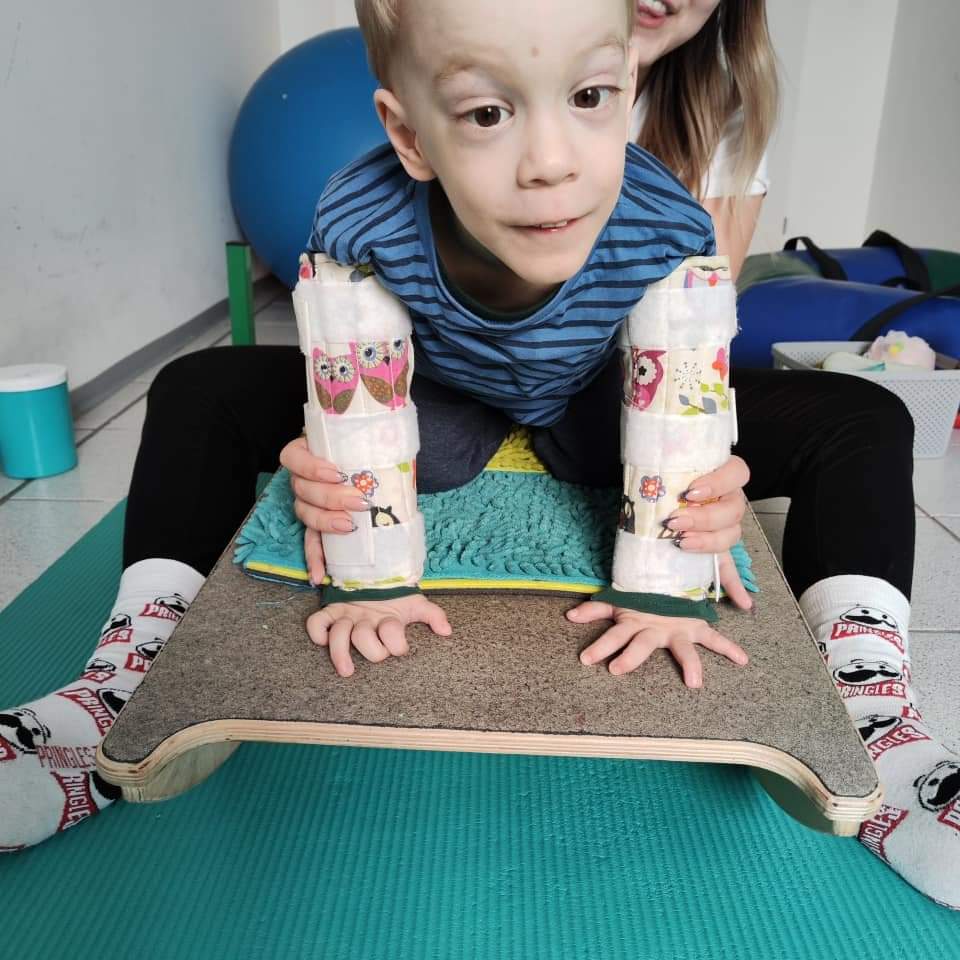Sensorless integration
Sensory Integration targets the maturation of the nervous system, resulting in the
development of movement, balance, concentration and many other areas. Its aim is to
restore the natural responses of the nervous system in the event of sensory integration
dysfunction. The main areas that the therapist works with are balance, touch and depth
perception. The therapy improves spatial orientation, attention and concentration, post-
sensory understanding and balance. It also affects motor efficiency and fine motor skills,
improves limb alignment, settles symmetrical and asymmetrical movements, affects
personality, and leads to improved self-awareness, self-esteem and behaviour. Sensory
abilities ensure the unity of perception and movement. Its domains are: taste, smell, sight,
hearing, tactile perception: touch, sense of feeling, dexterity, vestibular system: balance,
attention, spatial orientation, sense of safety, proprioceptive system: body awareness,
spatial orientation, laterality, tone, posture, use of force.
Thanks to our senses, we receive constant stimuli from our environment, even in the womb. The first of our senses to develop is the skin, which is already active in utero. Sight and hearing mature towards the end of pregnancy. The vestibular system becomes fully functional at birth, enabling the foetus to sense the mother's body position. It plays a role in spontaneous birth!
The sense of taste and the proprioceptive system continue to mature outside the womb. Normally, our brain learns to respond correctly to sensations. However, if any part of this system is disturbed, even if it is developmentally delayed due to prematurity, it can lead to poor responses. This can result in a child behaving inappropriately in response to a stimulus. In this context, the problems that may arise may be related to behaviour, attention, communication, motor coordination, muscle tone, learning abilities, school performance. It is often confused with, for example, autism, ADHD.
We believe that physical activity development alone is never enough. A human being is not just a collection of muscle groups, but a sentient being who is constantly experiencing and discovering new things. He learns by learning about the world around him, accumulating experience, storing it up and using it in the right way, able to apply what he has learned. For a child with a disability, the world becomes a narrow place, unable to learn about the world around him in the same way as his healthy peers. During sensory development, we enhance the functioning of the nervous system by using specific movements and stimuli. It is important that we bring the missing stimuli from the outside world close to the children.
Why is it useful?
- develops perception, body image and motor coordination
- helps to develop the right motor response, correct processing of sensations
- develops attention, learning and communication skills
- has a good impact on the development of social skills
- improves eating difficulties

